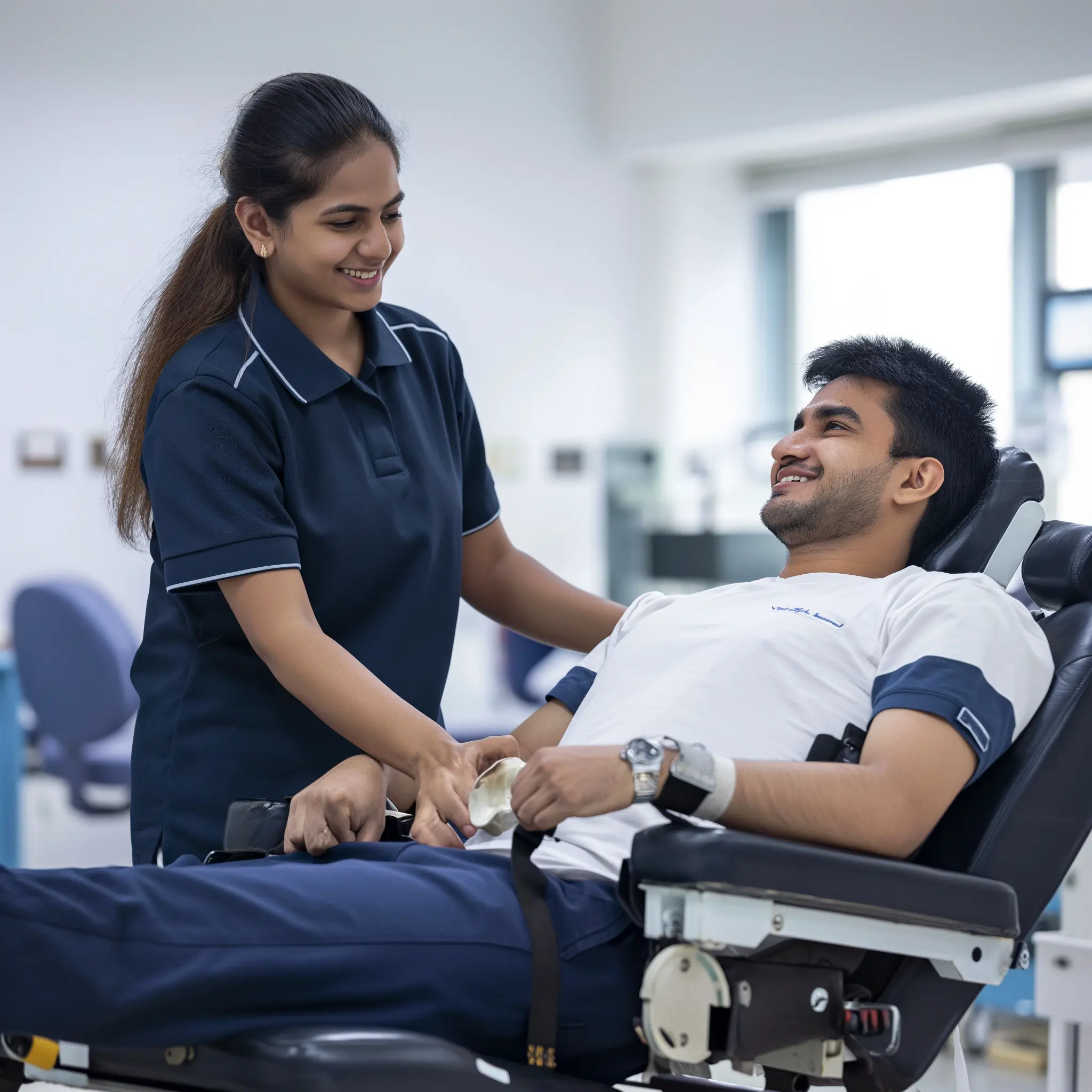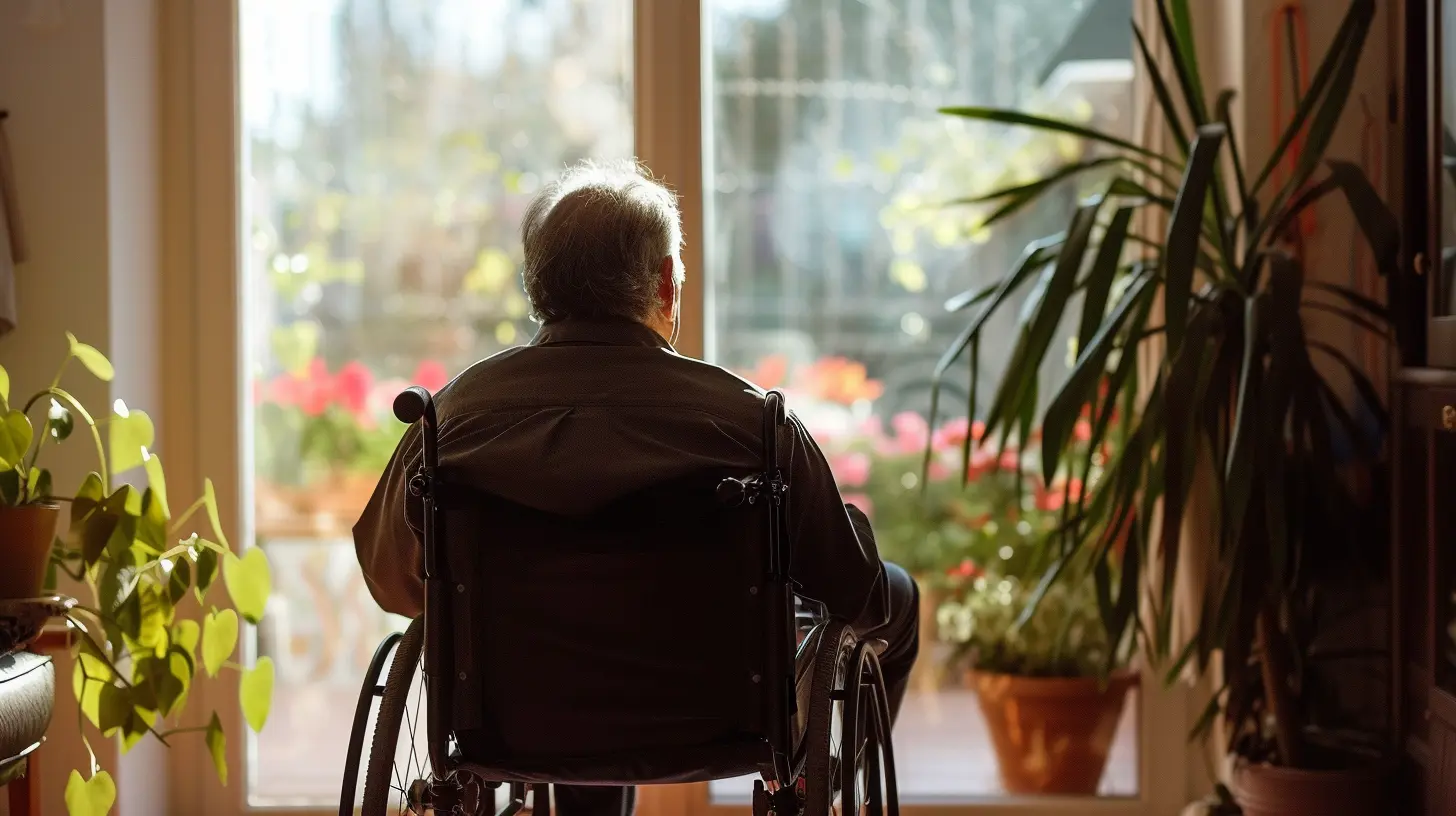
What is Muscular Dystrophy?
Gene mutations are responsible for causing muscular dystrophies, a group of muscle diseases. Abnormal genes disrupt protein production and cause muscle weakness in muscular dystrophy. Over time, weakened muscles lead to decreased mobility, making it difficult to perform everyday tasks. Muscular dystrophy comes in multiple forms, each targeting different muscle groups and presenting signs and symptoms at different stages of life, with varying degrees of severity. Your ability to move, walk, and do daily activities can be affected by muscular dystrophy, depending on the type. It can also impact the muscles involved in the functioning of your heart and lungs. Ayurveda treatment protocols prioritise a holistic approach, combining medication with physical and occupational therapies to enhance muscle strength and flexibility.

Ayurveda's Holistic Approach For Managing Muscular Dystrophy in Kerala
According to Ayurveda, Muscular Dystrophy is referred to as Mamsa Sosha, caused by an imbalance in Vata Dosha and Saptha Dhathus. Effective Ayurvedic treatment for Muscular Dystrophy promotes muscle growth and enhances the quality of life. Due to its genetic nature, the disease cannot be completely cured; however, steps can be taken to ensure optimal mobility in all joints throughout the body. Ayurvedic treatment for Muscular Dystrophy in Kerala aids in balancing the Pitta dosha, leading to the recovery of muscle strength and function in muscle dystrophy.
Contact us to get the best Ayurvedic Treatment for Muscular Dystrophy in Kerala.
Muscular Dystrophy can be effectively treated with Ayurveda, which aids in muscle growth and improves quality of life. While the disease cannot be completely cured, it is possible to maintain a good range of motion for all the joints in the body. Our Ayurvedic Treatment for Muscular Dystrophy incorporates muscle strengthening programs like Panchakarma therapy, Abhyangam, Elakizzhi, Navarakizhi, Kashaya vasti, Anuvasana vasti, Til-Masha Pinda Swedam.
Through our comprehensive treatment, toxins are eliminated, doshas are balanced, and body cells and muscles are rejuvenated, enhancing strength and flexibility. Yoga and meditation sessions are integrated into the treatment therapies to boost blood circulation throughout the body and joints. They reduce the chances of developing other health issues and enhance breathing and other essential bodily functions. An organised diet plan is essential for providing adequate nutrition to support muscle and body growth. A balanced and sufficient diet plays a crucial role in pacifying aggravated doshas and restoring balance to the body's essential systems and hormone levels. Herbal decoctions are prescribed along with treatment therapies to provide relief from the symptoms.
Our Ayurvedic treatment for Muscular Dystrophy at Ayur Bethaniya effectively treats muscular dystrophy, reducing disability caused by muscle atrophy. The treatment therapy can alleviate muscle stress, pain, and stiffness, while also slowing muscle weakness and promoting muscle growth, ultimately enhancing quality of life. At Ayur Bethaniya, we offer personalised Ayurvedic Treatment for Muscular Dystrophy in Kerala plans tailored to each patient's specific condition, targeting muscle weakness ranging from mild to severe. Our goal is to ensure complete symptom recovery and enhance the well-being of the body, mind, and soul. Our comprehensive care includes top-notch medical facilities and skilled doctors and staff.
Feel free to contact us for queries regarding Ayurvedic Treatment for Muscular Dystrophy in Kerala.

